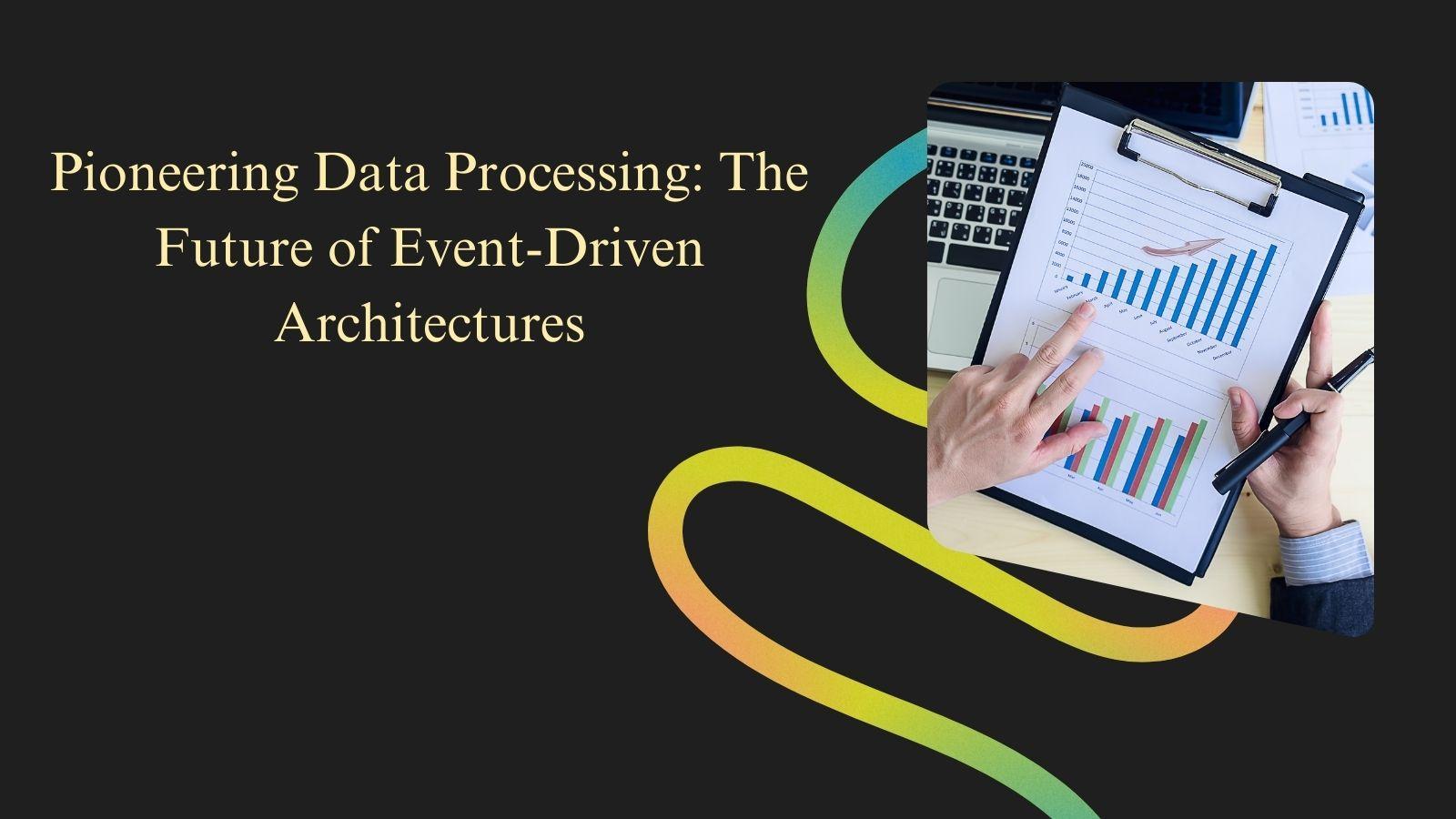In the rapidly evolving world of data technology, Venkata Nagendra Kumar Kundavaram has illuminated the transformative potential of event-driven architectures in modern cloud computing. His analysis underscores the innovations that redefine how organizations process and manage real-time data. By embracing scalability, speed, and cost-efficiency, event-driven systems are set to become the backbone of next-generation computing.
The Shift from Batch to Real-Time Processing
The transition from traditional batch processing to real-time data pipelines signifies a profound change in how data is handled. Event-driven architectures rely on a dynamic, responsive framework where system components react to events as they occur. This approach enables organizations to process data streams from sources like IoT devices, web applications, and transaction systems, unlocking instantaneous decision-making capabilities.
The scalability of these systems, when combined with cloud infrastructure, ensures robust performance under variable workloads. By automatically adjusting resources, event-driven pipelines maintain consistency and efficiency, an essential feature for handling the ever-increasing global data generation.
Building Blocks of Event-Driven Systems
Event-driven architectures integrate three core elements: event sources, message brokers, and processing layers. These components work harmoniously to facilitate seamless data flow:
- Event Sources: Real-time data streams from IoT devices, user interactions, and database changes generate a continuous influx of events. These inputs form the foundation for immediate processing and actionable insights.
- Message Brokers: Technologies such as Apache Kafka and cloud-native solutions distribute and manage event streams. With capabilities to process millions of events per second, these brokers ensure reliability and scalability across diverse scenarios.
- Processing Layers: Advanced platforms like serverless computing services analyze and transform data, optimizing performance while reducing costs. These layers enable tailored solutions that cater to specific organizational needs.
Performance and Reliability: The Key Metrics
Event-driven pipelines excel in three critical performance metrics: latency, throughput, and scalability. By achieving sub-millisecond processing times and high throughput rates, these systems meet the demands of applications requiring instantaneous responses. Scalability ensures that performance remains consistent, even as event volumes surge.
Reliability is equally vital. Features such as redundancy, fault tolerance, and automated recovery mechanisms fortify the system against failures. These capabilities make event-driven architectures resilient, safeguarding data consistency and availability in dynamic environments.
Security and Integration: The Foundation of Trust
The implementation of robust security frameworks is critical to the success of event-driven systems, as they ensure data integrity, confidentiality, and system resilience. Encryption protects data during transmission, while fine-grained access controls and event-level authentication prevent unauthorized access and mitigate security risks. Standardized messaging formats and comprehensive integration protocols further enable seamless interoperability across heterogeneous platforms. These measures collectively strengthen the reliability, scalability, and efficiency of event-driven architectures, making them secure, versatile, and suitable for a wide range of complex applications.
Best Practices for Optimization
Adopting best practices is essential to unlock the full potential of event-driven pipelines. Loose coupling and event sourcing foster system adaptability and scalability, ensuring components interact seamlessly without rigid dependencies. Optimization techniques, including event batching and payload compression, reduce resource consumption and lower operational costs. Comprehensive monitoring and observability tools provide critical insights into system performance, enabling real-time diagnostics, proactive maintenance, and rapid resolution of potential bottlenecks or issues.
A Vision for the Future
The transformative impact of event-driven systems extends across industries, from real-time fraud detection to predictive maintenance in IoT. By addressing the challenges of real-time processing with innovative solutions, these architectures pave the way for a future where data-driven decisions are made at unprecedented speed and scale.
Insights into this evolving field emphasize the need for continued exploration and advancement. As technologies like edge computing and artificial intelligence converge with event-driven paradigms, the possibilities for innovation are boundless. This work lays a strong foundation for harnessing the full potential of real-time data processing, paving the way for scalable, efficient, and secure solutions that meet the demands of modern data-driven environments.
In conclusion, the contributions of Venkata Nagendra Kumar Kundavaram to event-driven architectures highlight a pivotal moment in data technology. His comprehensive analysis not only showcases the capabilities of these systems but also inspires a vision of a future defined by real-time, scalable, and secure data processing solutions.





























